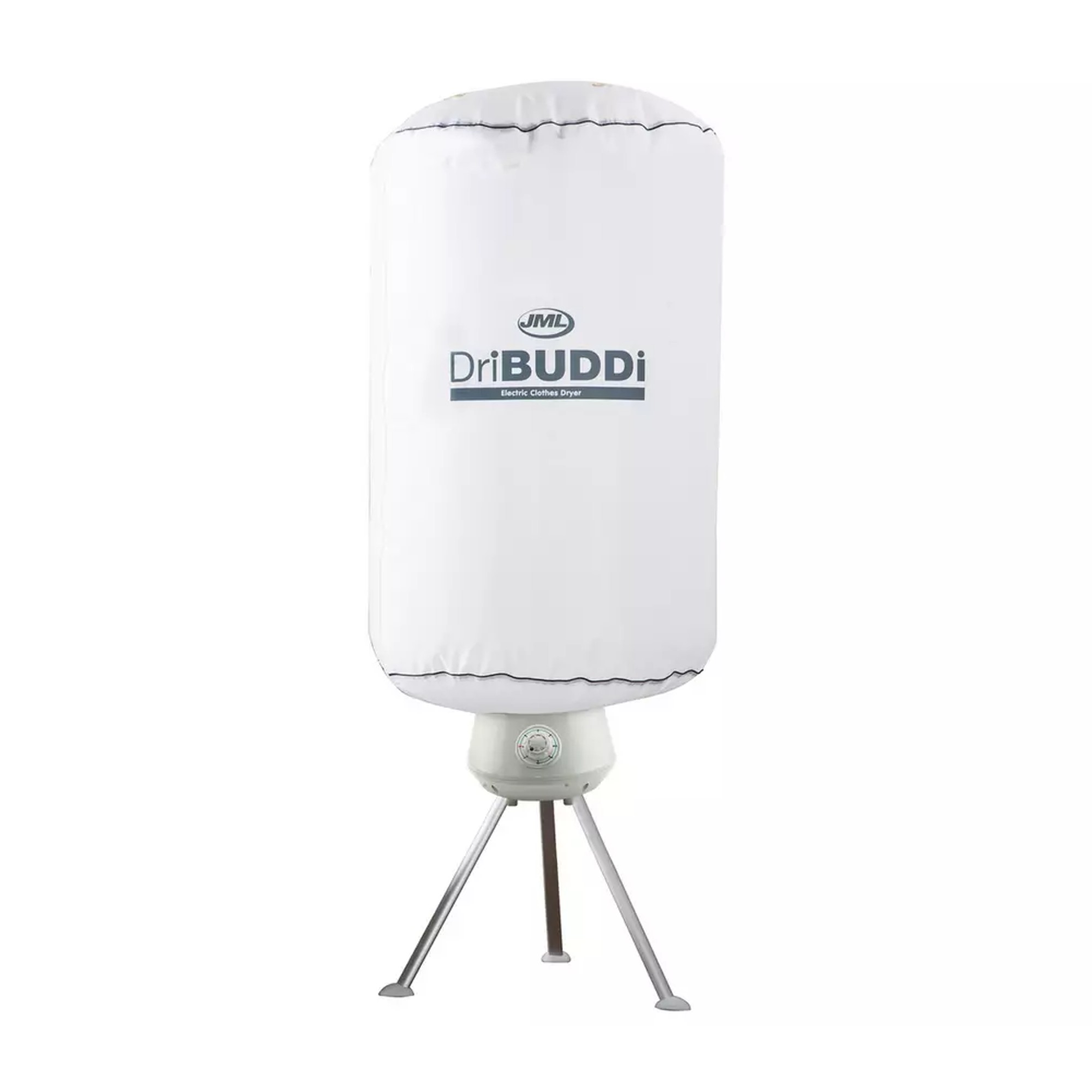6 common mistakes people make when buying a heated clothes airer – and how to avoid them
How to get the best from your heated airer, before it even comes home

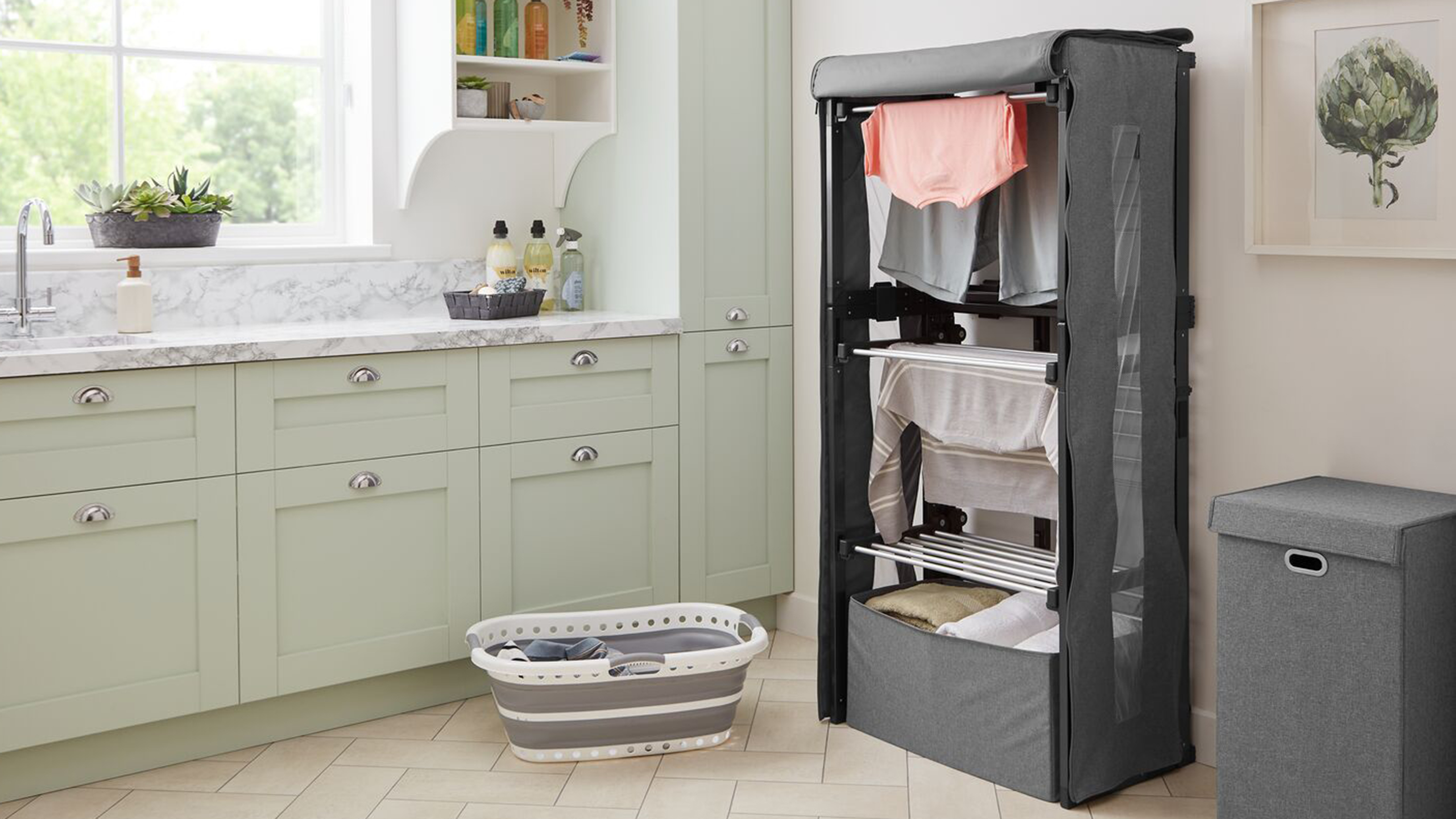
Heated clothes airers have quickly become one of the most sought-after purchases for a home, becoming the choice that is both reliable and energy-efficient. However, as tempting as it is to rush into purchasing one as a result of its current hype, it's important to understand exactly what you should be looking for. Being savvy will help you avoid falling victim to some common mistakes people make when buying a heated clothes airer, and make sure you're not left with sub-optimal results.
Although the best heated clothes airer on the market will meet a lot of people's expectations, they aren't a one-size-fits-all kind of purchase. We often hear about people who continuously make the same mistakes when using a heated airer, failing to effectively take advantage of their many benefits; but in the same breath, many mistakes are also made in the initial buying process.
'Investing in a heated airer can revolutionise the way you dry your clothes, but many shoppers make critical errors that can hinder their experience,' begins Mary Widall, laundry category manager at Minky. That said, here are some of the most common pitfalls to avoid, and how to ensure you make the best choice for your home.
1. Buying the wrong size for your habits and space
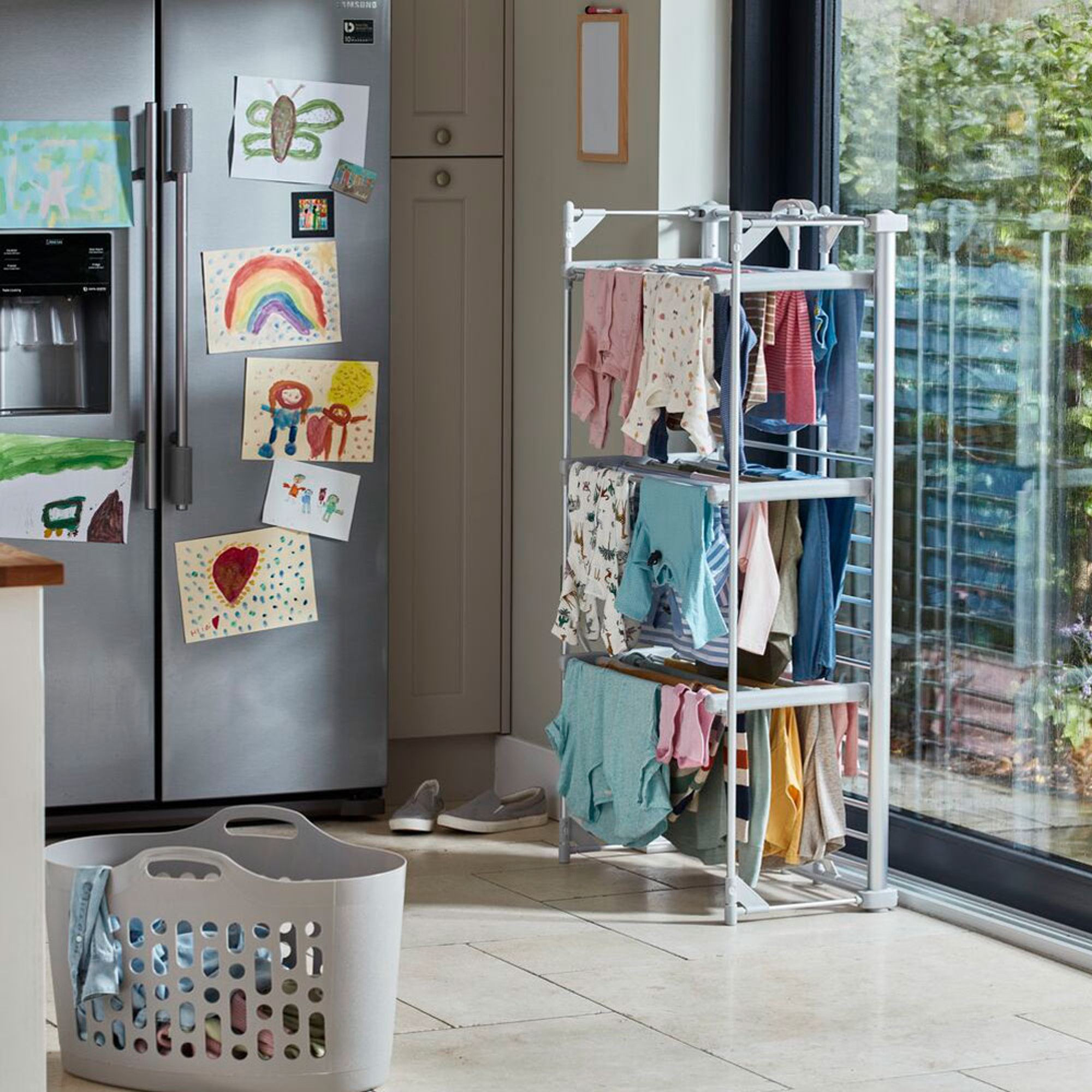
One of the most common mistakes people make when buying a heated airer is selecting the wrong size.
'Choosing a smaller model can limit drying capacity, while opting for one that's too large can create issues if it doesn't fit in your room or storage area,' says Tommy Singh, product development director at Beldray. 'Balancing drying space with the room size is important to ensure the airer is both effective and practical for your home.'
Hayley Beecroft, domestic housewares buying manager at George Home notes that 'one of the key points to consider when purchasing a heated airer is where you will place it when in use – ensuring it can be assembled and is near a power supply.'
Before you buy, always check the dimensions, and the cord length. The size you choose for your heated airer should match your laundry habits and your available space.
Sign up to our newsletter for style inspiration, real homes, project and garden advice and shopping know-how
2. Choosing the wrong type of airer
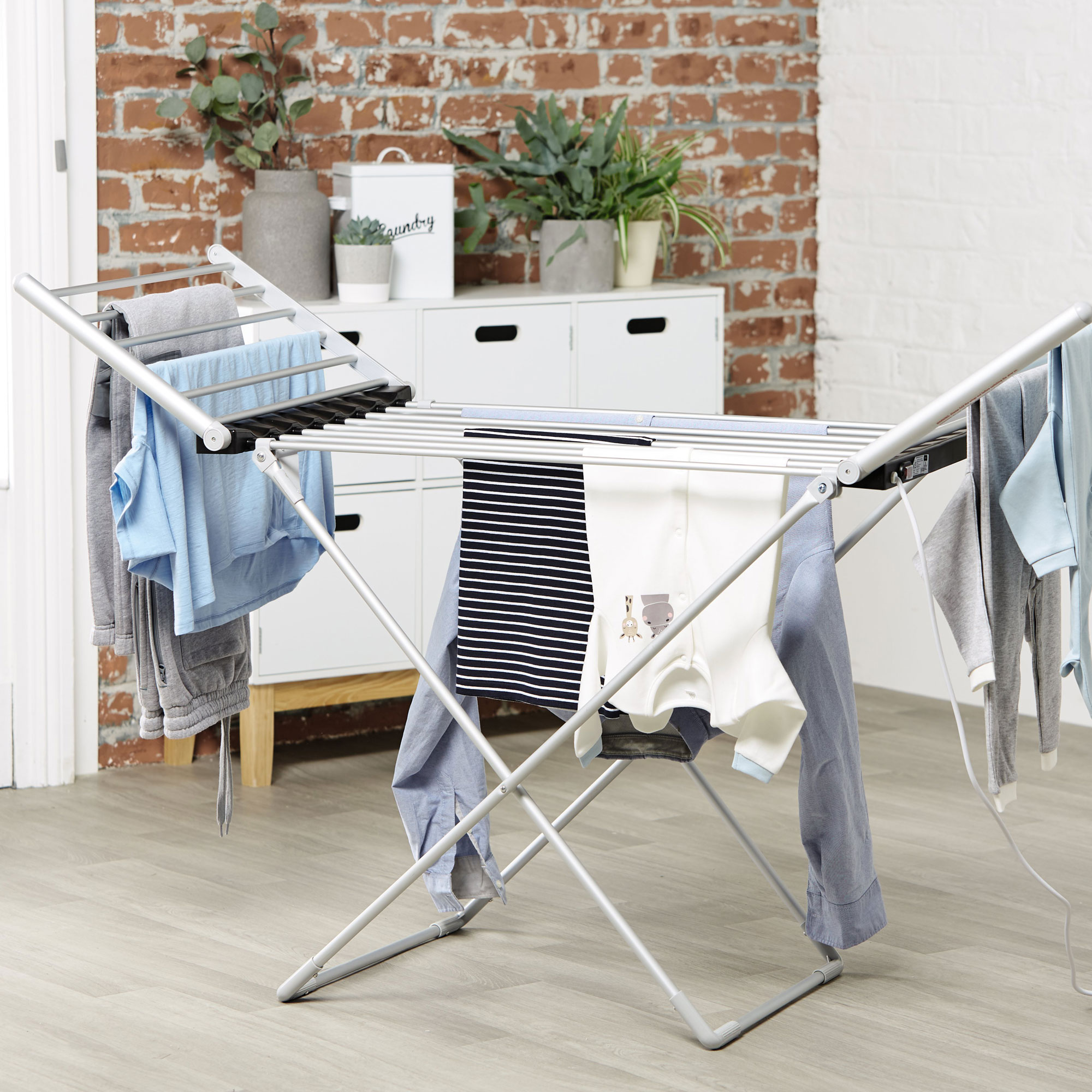
Another factor that's often overlooked is the type of airer you choose. There are multiple different kinds of designs and configurations out there to suit specific circumstances, including pod, winged, and tiered airers.
'If you want your clothes to dry quickly and are only doing small loads, a fan heater type airer may be better than a tiered airer. On the other hand, if you're a family regularly doing full loads then you'll want a tiered airer to take more washing. Plus, as it'll be used regularly, you're more likely to leave it out,' explains Carly Bullock, cleaning and laundry buyer at Lakeland.
Think carefully about your laundry needs before you make your choice to avoid disappointment and ensure you get the best value for money.
3. Not buying a cover
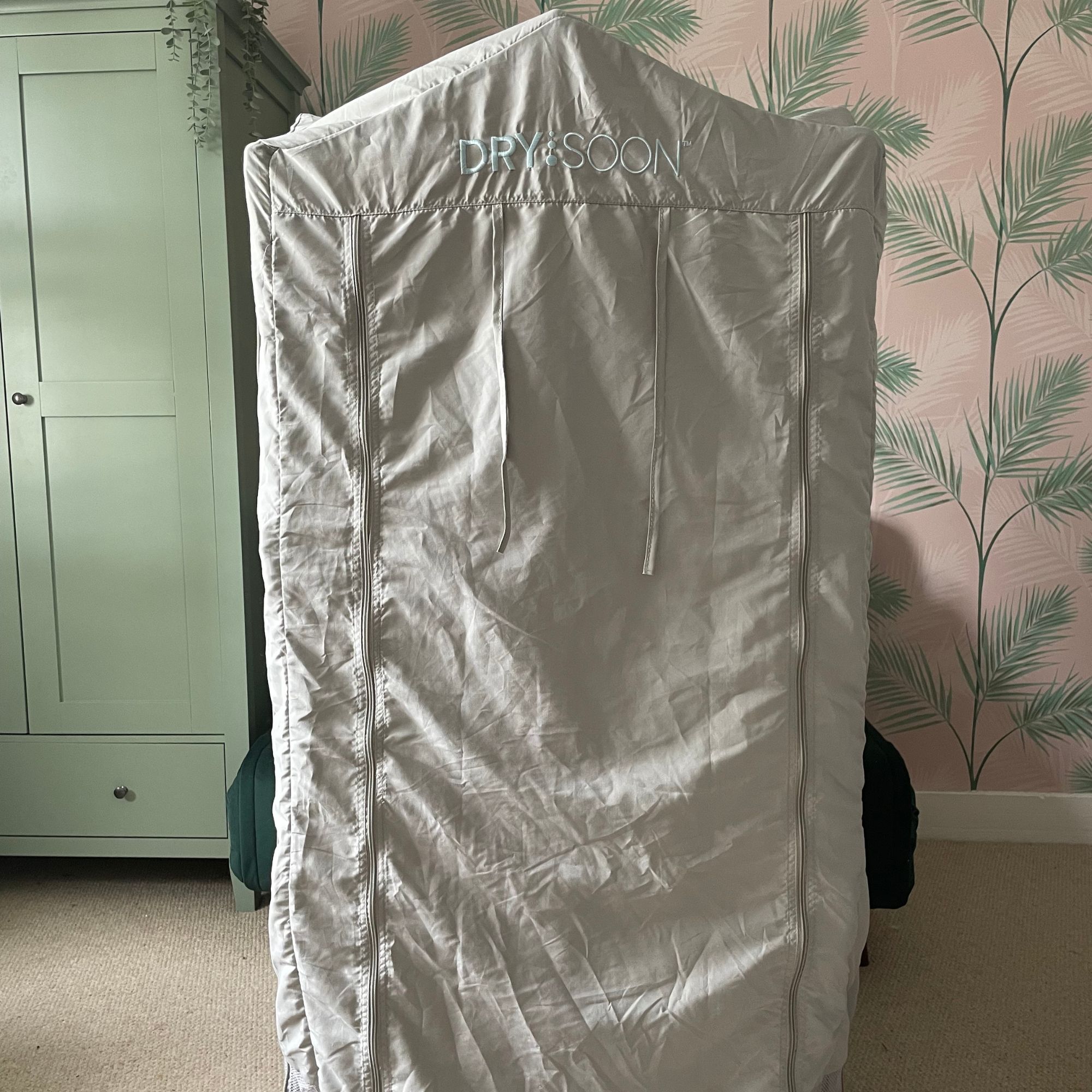
Neglecting using a cover with a heated airer is quickly becoming one of the most highlighted buying mistakes, and could be contributing to an increased cost of running a heated airer.
'A heated airer with a cover can drastically improve drying times by trapping heat and creating an optimal mini-drying environment,' explains Tommy. If you're looking to buy a heated clothes airer for the first time, we would almost always suggest buying a cover to go with it straight off the bat.
If you already have an airer, you should be able to buy a cover separately, which can help you to use a heated airer more effectively. Alternatively you could try the hack that involves using a bedsheet in place of a dedicated cover, as it still helps to create a similar effect to dry clothes quicker.
4. Overlooking valuable features
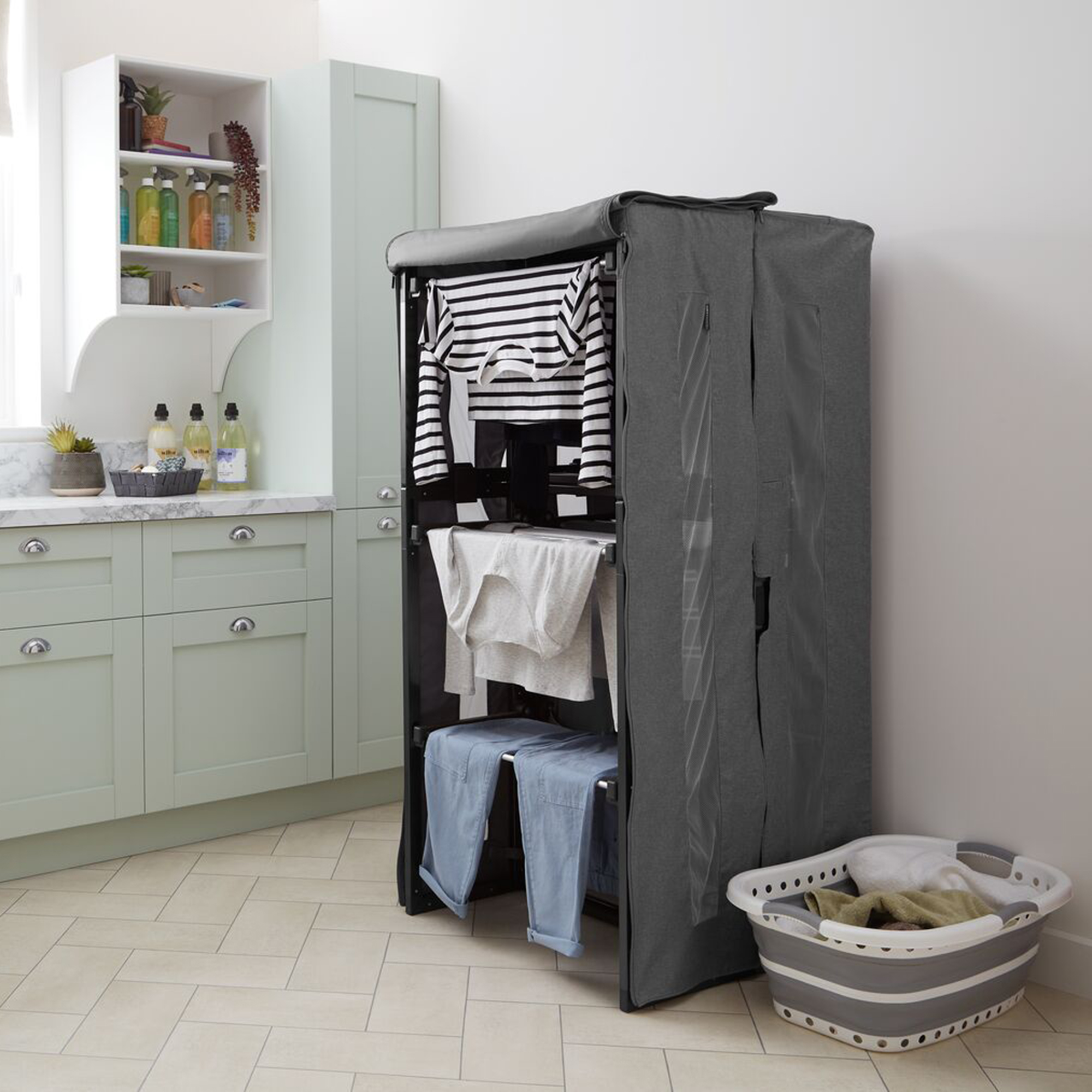
A lot of heated clothes airers include the bog standard features like an on-off switch, but we've found that models with programmable timers and adjustable heat settings that are actually very handy.
'A heated airer with a programmable timer allows you to set it and forget it. This feature not only enhances convenience but also optimises energy usage, ensuring you don't waste electricity,' says Mary. Timers are particularly useful if you're part of a busy household, or often forget to switch it off and end up unnecessarily leaving your heated airer on overnight.
Additionally, Tommy notes that 'adjustable heat settings provide more control and efficiency, allowing you to manage drying times effectively.'
5. Not considering storage
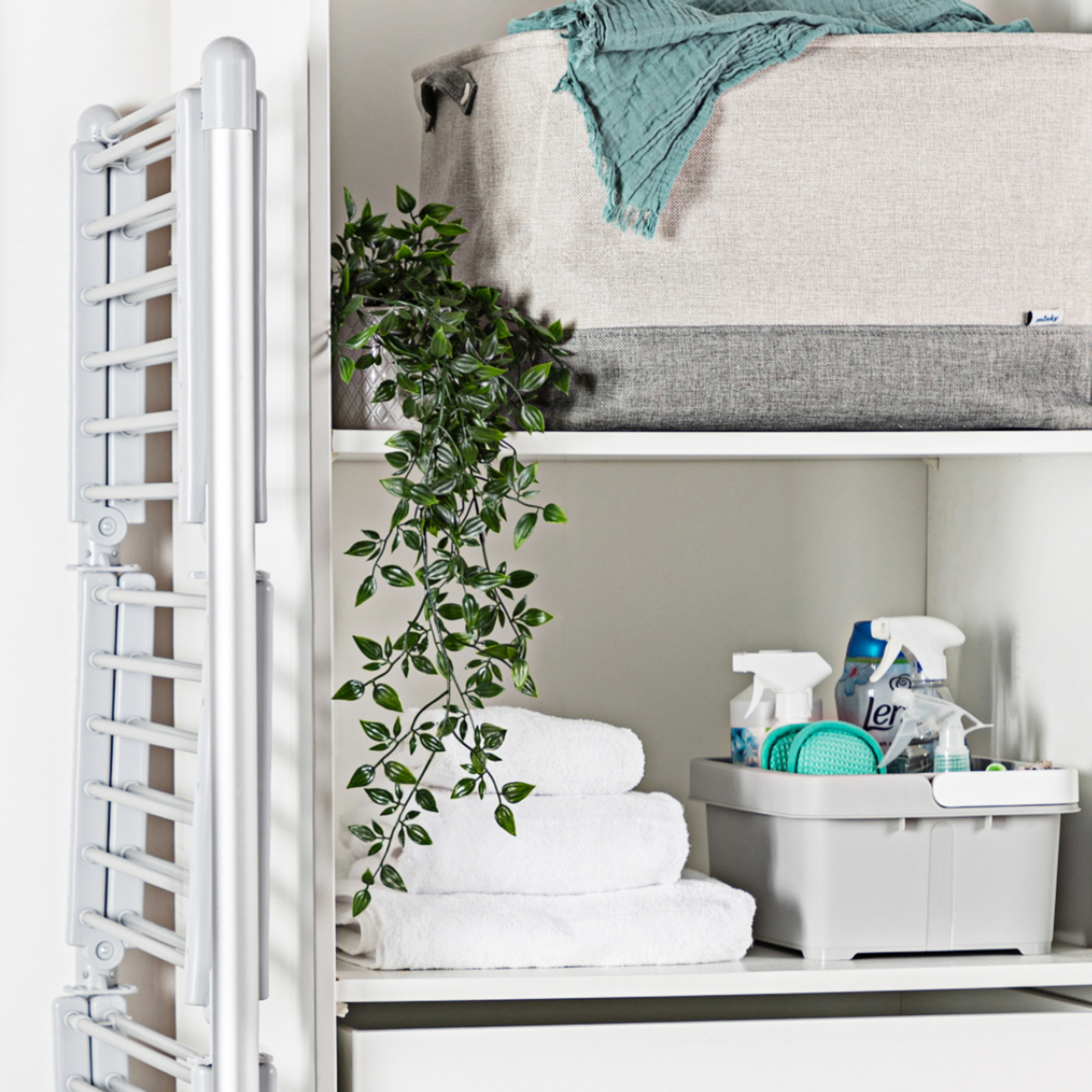
As far as storage and manoeuvrability goes, opting for models that can be stored compactly and have additional features like castors are fantastic options; especially if you're looking into a tiered model that can be quite tall and bulky when it's out. Having the ability to move and store your airer easily when it's not being used is always a plus, especially if you don't have a dedicated laundry room to keep it out 24/7.
6. Ignoring energy efficiency
Although heated clothes airers are more affordable than the cost of running a tumble dryer in the long-run, some of the top models can be quite the initial investment, with prices going upwards of £150 to £200 in some cases. There are of course more affordable options on the market, but it's important to be aware of their energy consumption.
'Cost-conscious consumers may be tempted to buy the cheapest option available, but this can backfire in terms of energy bills,' cautions Mary. While the sub £50 options are cheap straight off the bat, they might actually be far more expensive to run than a £100 model after a couple of months. Therefore, you should be aware in both cases and assess where you can reap the more significant savings for your energy bills in the long run.
For even more savings, consider pairing your heated airer with the best dehumidifier or doing an extra spin cycle in the washing machine to reduce the amount of time the airer needs to be kept on for.
Our top heated clothes airer picks
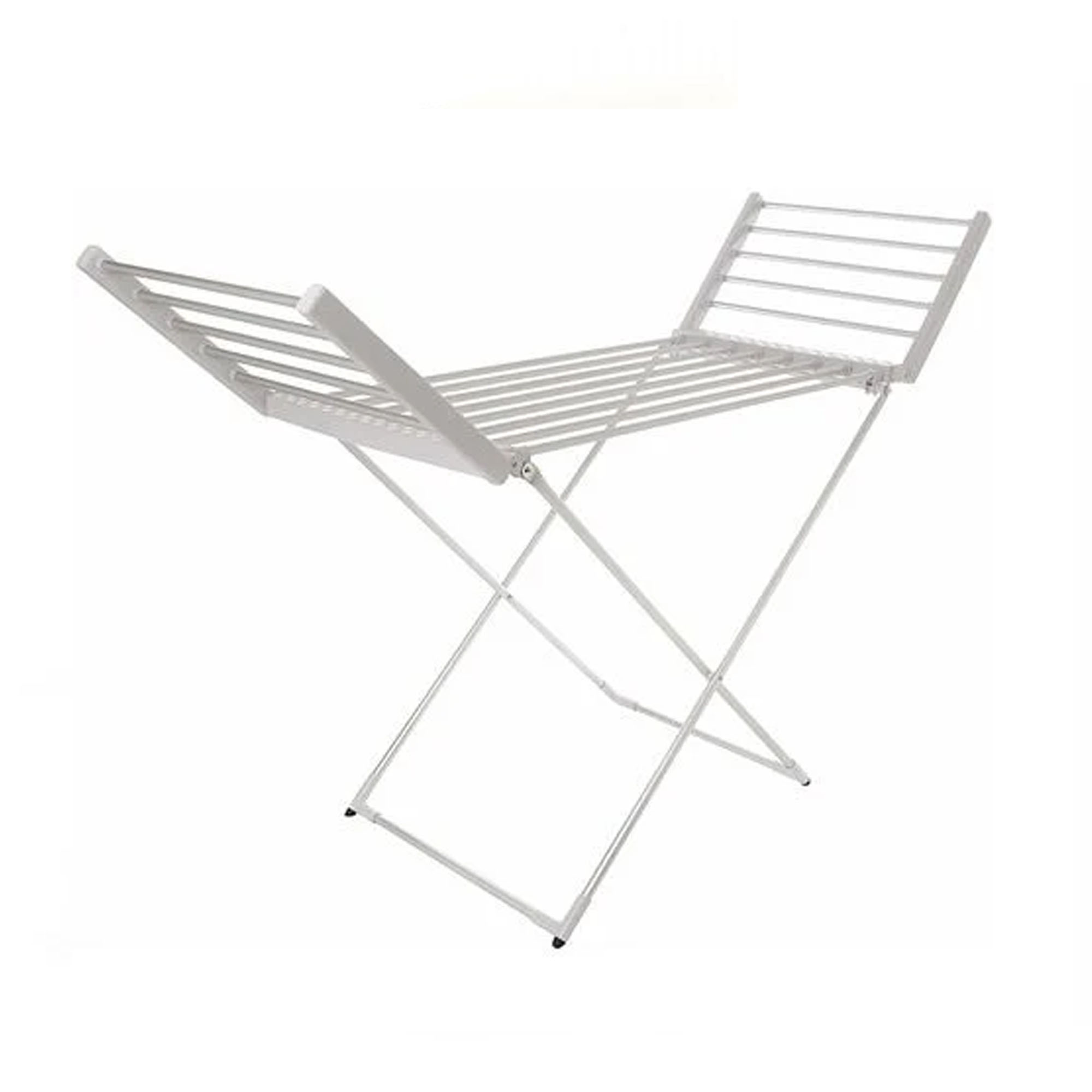
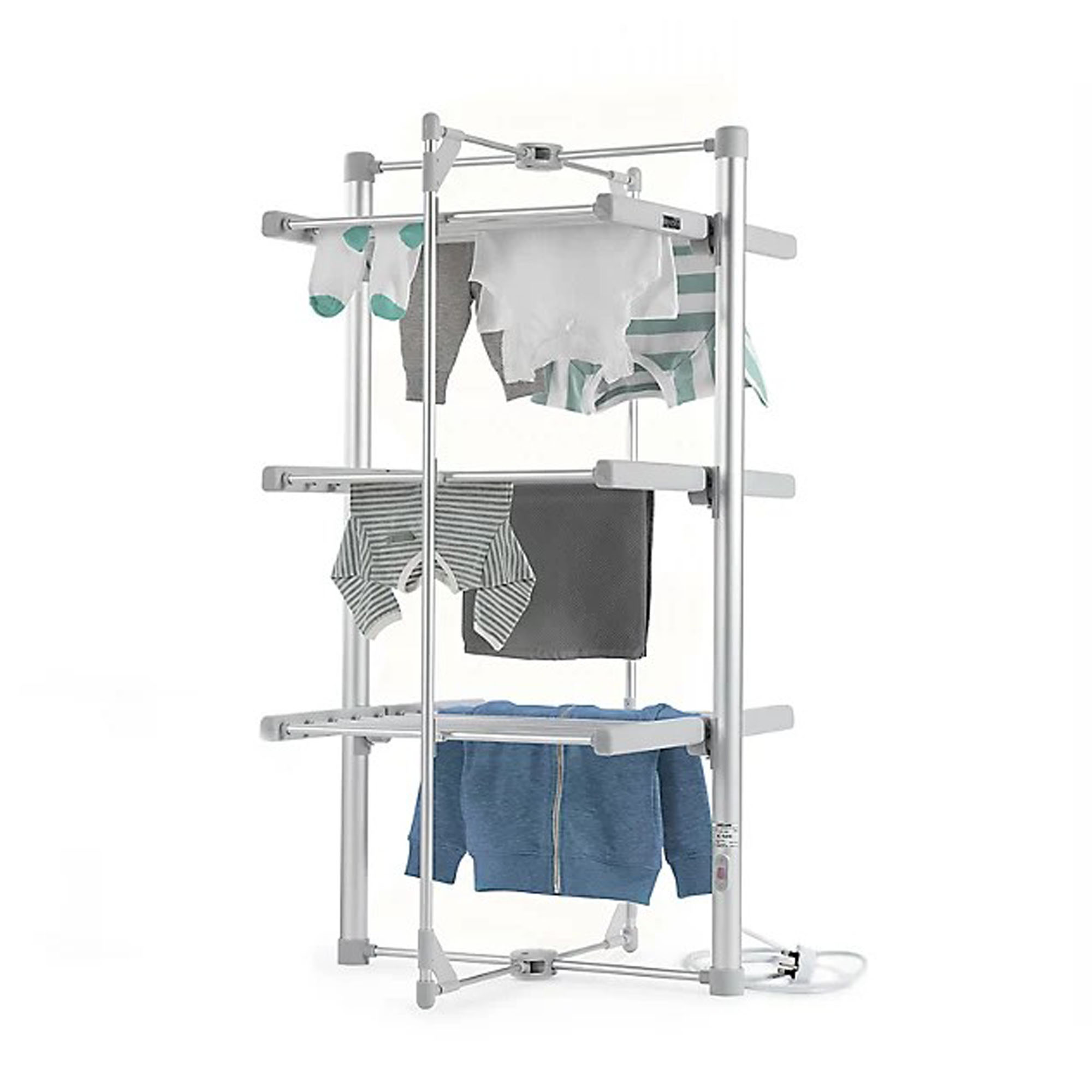
By keeping the above things in mind, you avoid falling foul to these heated clothes airer buying mistakes that will, in turn, save you time, money, and frustration so you can feel confident in the value of your heated airer.
At the end of the day, it all boils down to choosing the right size, considering features like storage and safety, and taking advantage of additional accessories to ensure you get the most out of your investment – before it even comes home.

Jullia was Ideal Home’s Junior Writer from 2022-2024 and the Ideal Home Certified Expert in Training on Vacuums having spent over 60 hours testing different models. She’s always loved all things homes and interiors, graduating with a bachelor’s degree in Architectural Studies from the University of Nottingham where her love for writing blossomed following her internship at ArchDaily. Now focused on home tech and cleaning, Jullia works on writing features and explainers to help people make the most of their home appliance investments, putting the newest launches through their paces. When she isn’t writing, she loves exploring the city, coffee shop hopping, and losing hours to a cosy game or book.
